And the consequences? Peak loads and break-ins!
This rule frenzy results in an extremely fluctuating power consumption, e.g. if it is is about games! Constant loads such as a stress test (furmark) produces a rather uniform power consumption. First, let’s look at Furmark with a high-resolution measurement, where the periodic deregulation to comply with the power limits is more likely to take place at larger intervals;
The power consumption, on the other hand, adapts very precisely to the respective situation in games. As a result, we now experience a lot of hectic load changes, whereby any exceedance of the power limits is immediately followed by a drop in power consumption due to a very strict regulation. In the end, this depends even on the number of rendered frames per second (but not only).
The fact is that Nvidia recognized the problem. Already with the introduction of the Pascal architecture, the switching intervals have been made a little longer and, above all, the voltage changes have been smoothed a little. AMD cards with Power Tune generally switch even slower, but the load changes are still quite violent. So a 250-watt card from AMD can bring a power supply with a bit of bad luck to its knees rather than a current Turing card. However, depending on the board partner interpretation and the opening smoothing, the boundaries here are quite fluid. Sapphire has solved this quite well:
Only stress test there is a longer high-load phase.
Relevant and less relevant load peaks
First of all, in order to avoid panic: the very short load peaks can be safely set aside and one should really only think about values that are more than one to two milliseconds. By the way, not only because of the possible shutdown of the power supply by a protective mechanism, but also because of the durability. The more hectic such a graphics accelerator sucks on the power supply, the faster the secondary capacitors get into the area of long-term care insurance. Whothen saves in the end is wrongly advised.
If then I would orientate myself to the “normal peak” presented here, maximum still at the maximum interval and hope that the manufacturer has packed reserves on its own. The short-term line recording of current graphics cards is in some cases significantly higher than the average values or what the chip manufacturers call Typical Board Power. These values are averages over a rather large interval. Depending on the quality of the secondary side of a power supply, the short load (1 to 10 ms) may be significantly higher.
On the secondary side of the power supply, i.e. the down-controlled operating voltages (especially the 12-volt rail), the capacitors and the protection circuits, I will go into more detail in the section on the power supplies. Now it is enough to know that everything from 10 ms and longer can be quite relevant, the shorter spikes are rather things that filter quite well or. already have some smoothing at the connection of the graphics card even in parts.
Speaking of input smoothing – my investigations since 2015, also in cooperation with power supply and graphics card manufacturers, have meanwhile led almost all on-board partners to provide the respective 12 volt rails separately with at least one longitudinal coil in order to smooth the spikes somewhat. Especially since we already reach into the RF range with the changes and many power supply cables also became the transmitting antenna. You also know these effects from the onboard sound, where you can e.g. screen actions can also be heard (e.g. scrolling).
But be it as it is – we still let go of all these load changes, despite the longitudinal coils, almost unfiltered on the poor power supply! What exactly can happen there, we know all too well from everyday life! That is precisely why we need to talk about it again!















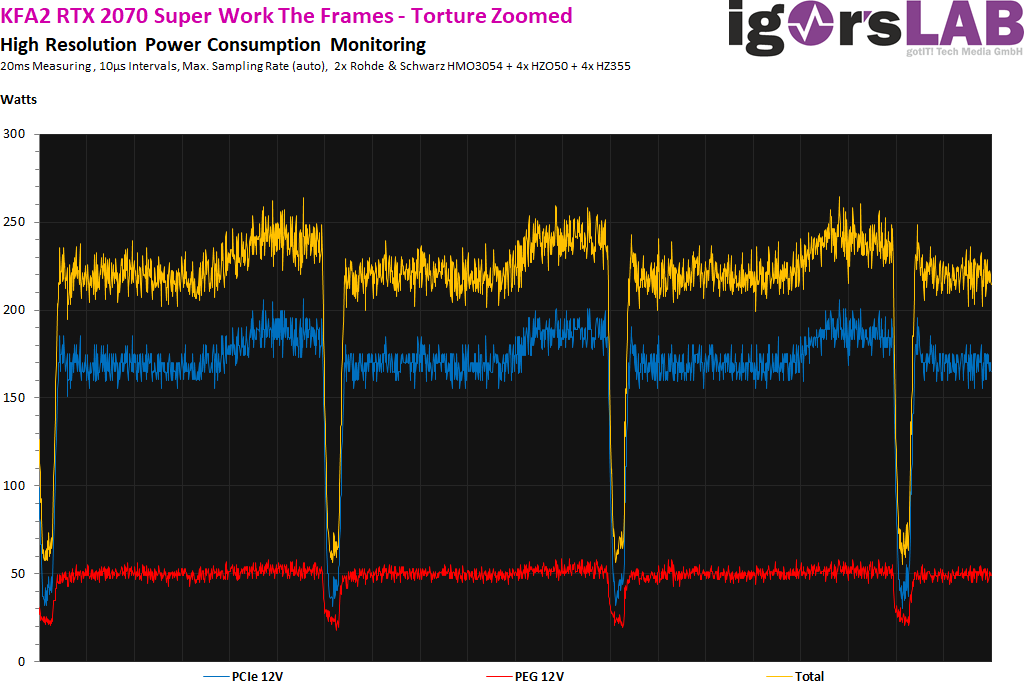

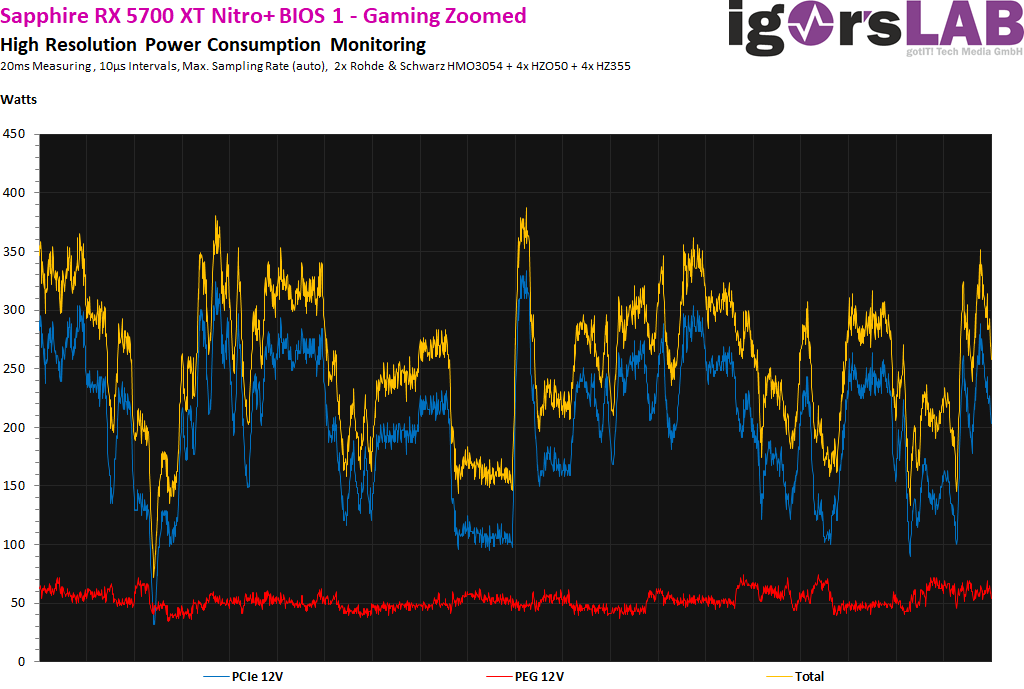
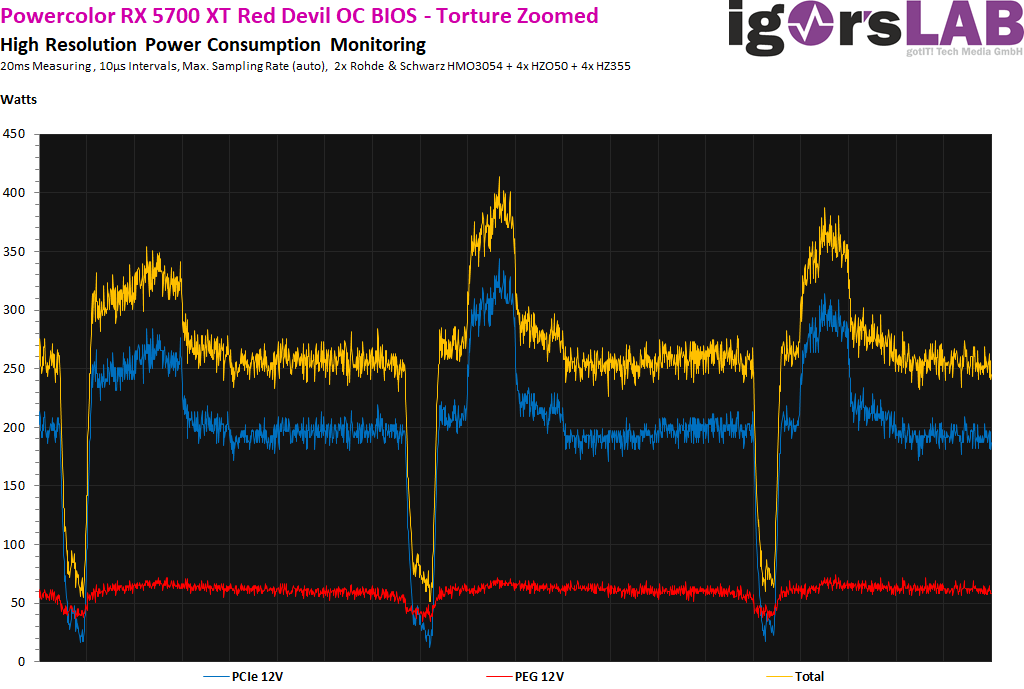
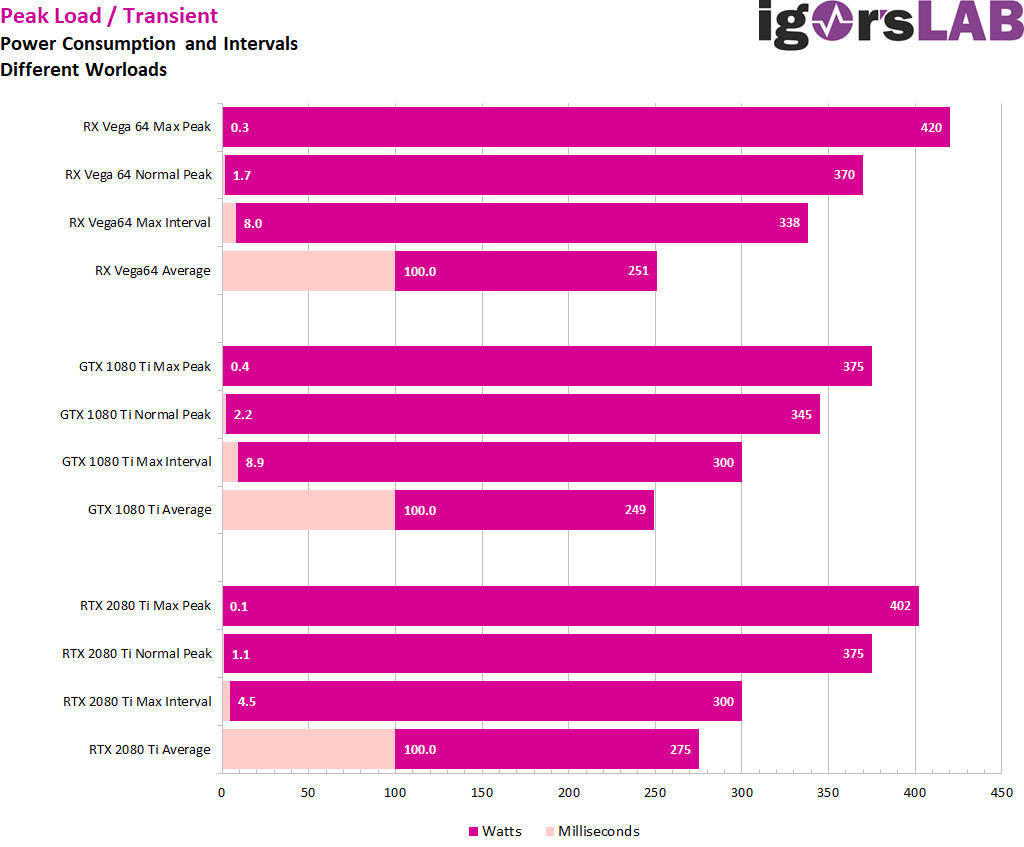
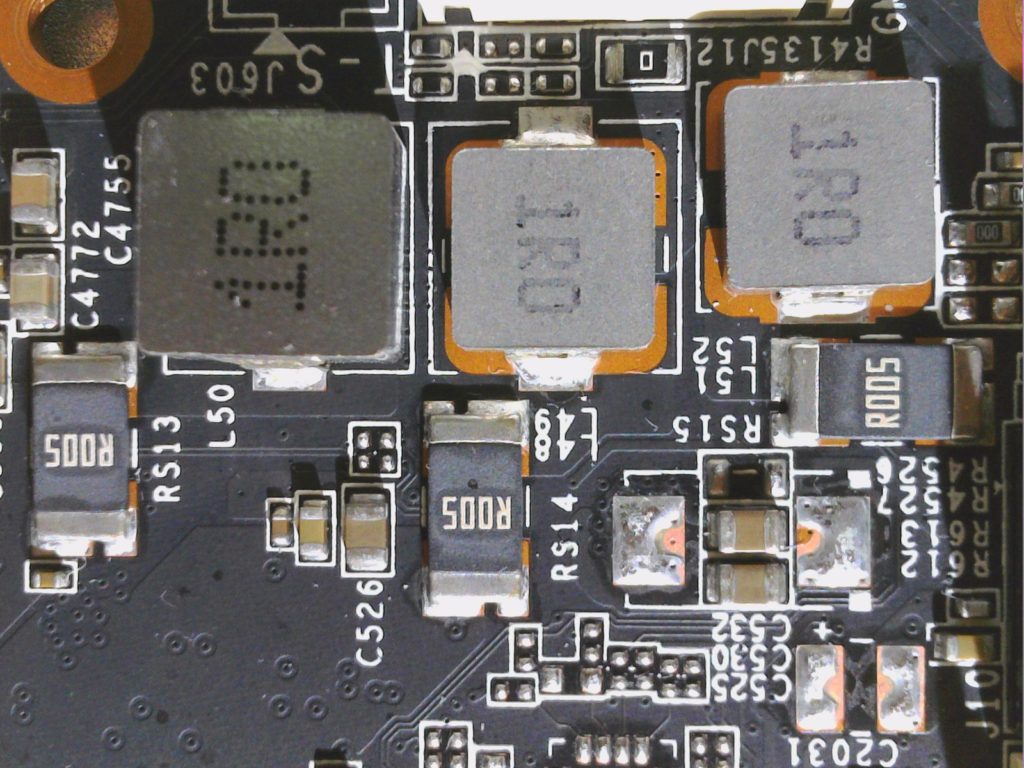


















Kommentieren